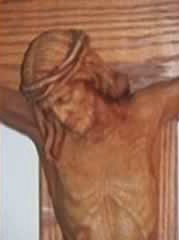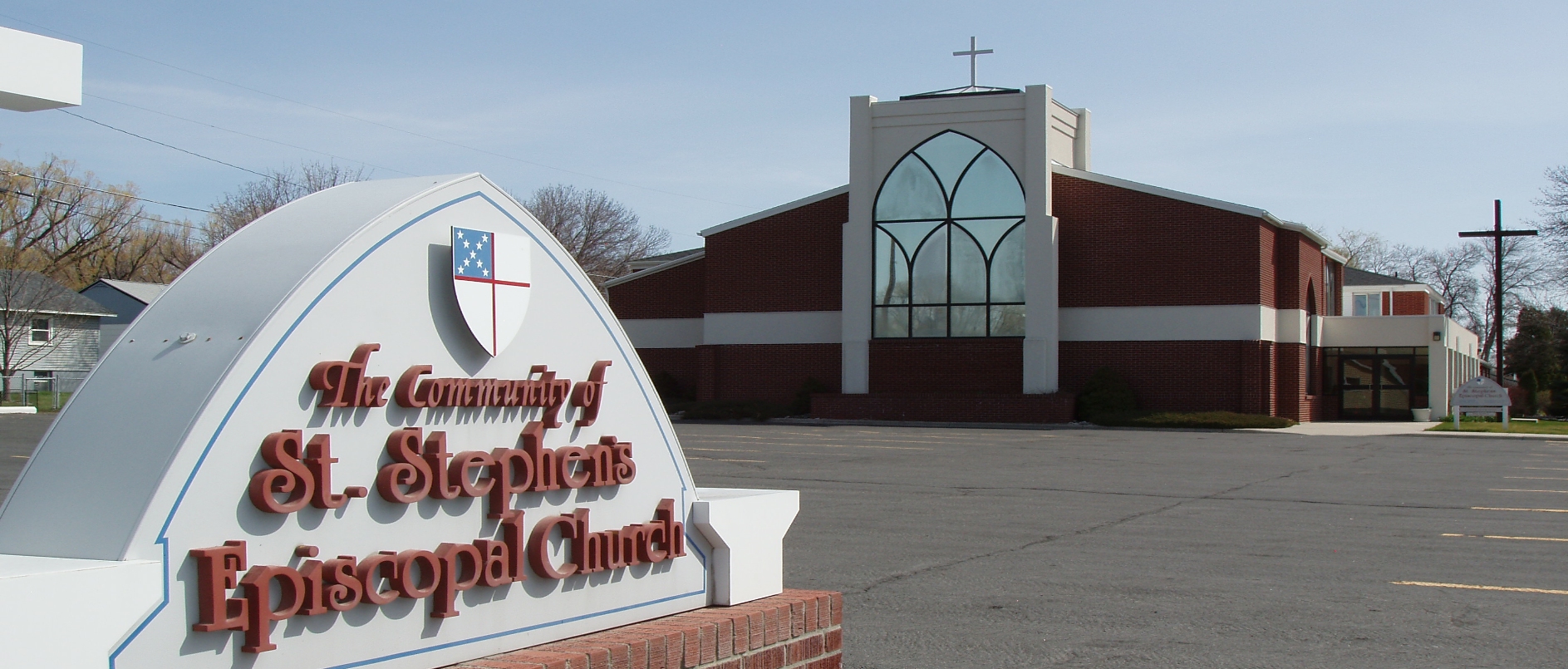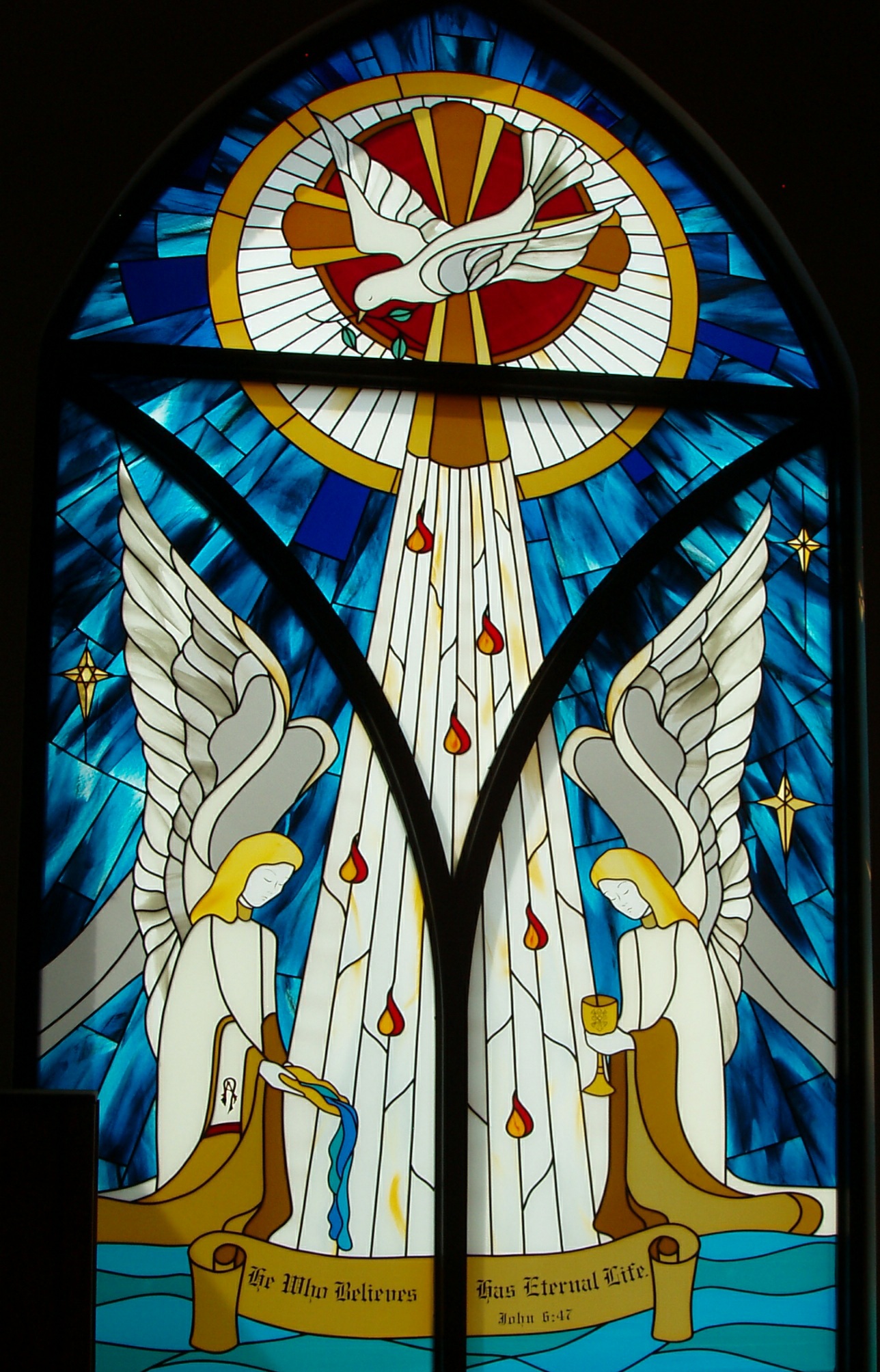Fr. Jacob's November 2015 Newsletter Message
Beauty of Holiness
High in the roofs of several dozen medieval churches in eastern England rest those who escaped the flames and the whitewashings. At the end of the Middle Ages, folks attempted to renew, as they saw it, or undermine, as others saw, the Christian faith for the changed world of their time. In that cataclysm, something like 90% of all art in England that depicted human beings - whether carved in wood or stone, fixed in stained glass, hammered into gold or silver or painted on wooden screens or stone walls - was destroyed.
It's hard to imagine it. Every parish church in England was once a blazing beacon of color and light, to the glory of God, and just a few decades later, all was destroyed. Not a single altar survived the Middle Ages intact in England. Not a single parish cross.
Every parish church I worked in England was built in the Middle Ages. Not one had any medieval figurative art, though the grandest had dozens of empty niches, high on the outer walls of the building, where once painted carvings had stood. Every empty niche was a sign of what had been destroyed.
I imagine the fires as parishes were ordered to burn carvings or crosses, or the limewash patently being mixed and then applied to cover images, or the sound of the hammers smashing the huge stone slabs that topped medieval altars. It took planning and determination, and tens of thousands of work hours over decades, but it was successfully accomplished.
Almost.
Forty, fifty, sixty feet above the floors of dozens of churches in the east of England remain the most glorious medieval figurative wooden carvings. They are called angel roofs, because amidst their beams and bosses, the medieval carvers, created glorious images of the heavenly host. Angels with wings spread, angels singing joyfully, angels playing musical instruments.
They survived the great destruction, probably, because they were barely visible from the floor in an age before electricity and because they were bothersome and expensive to get to. You would need to build scaffolding along the whole length of the roof and what would be the point when the roof couldn't be seen in detail anyway.
And here's the irony - the flames and hammers and the passionate newness of that age of renewal and destruction 500 years ago, is now itself old fashioned, Its theological controversies, thank God, that once were thought to be matters of life and death, have slid into the past. Yet the angels, who witnessed the ripping out and the hammering all those years ago, remain: steady and poised, wings outspread, singing joyfully to God, as astonishing and beautiful as ever they were.
One wonders why such effort was put into these wondrous carvings, destined for the roofs of churches? Back when they were created at the end of the Middle Ages, once they had been placed in the roof, no one would have seen the details of the angels feather like armor, or the delicacy of their faces or the precision with which their instruments were carved.
One mustn't be too sentimental. The families who commissioned them would, one imagines, have enjoyed showing off their expensive and beautiful gifts to the church. And yet, once hoisted high on pulleys, the carvings were destined, in the end, simply to glorify God. For he would know their beauty and though no human eye might delight in it, the Lord of all, would see what had been done in secret and grant reward.
Jesus teaches us to live life looking towards the reward that our heavenly Father will grant us. He urges us to live confident that the reward that truly matters in human life, is one that only the Lord can give. So live to delight him, live to hos glory and look not to human reward, be willing in your praying, and your fasting, and in your giving, in your living and in your dying, to seek the reward that the Father who sees in secret will grant.
Steady, poised, confident. The Father who sees in secret, he will reward.
The Lord bless and reward you,
Fr. Jacob


